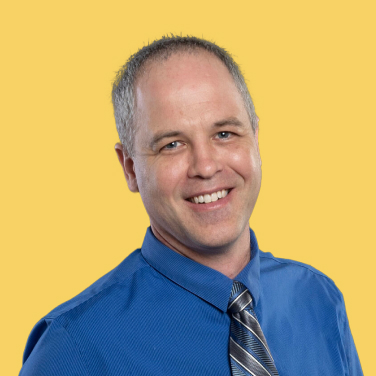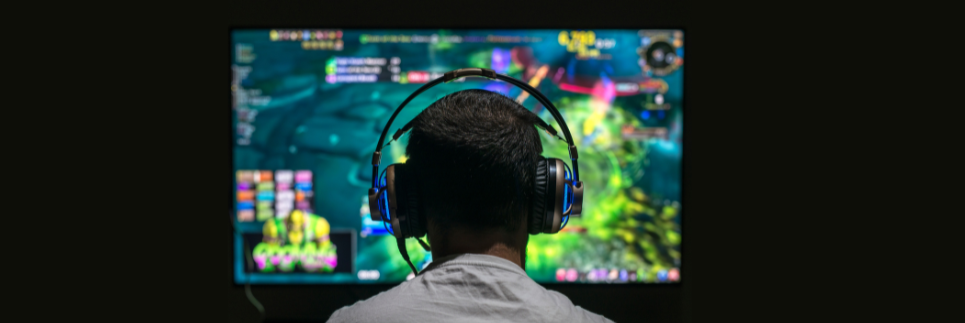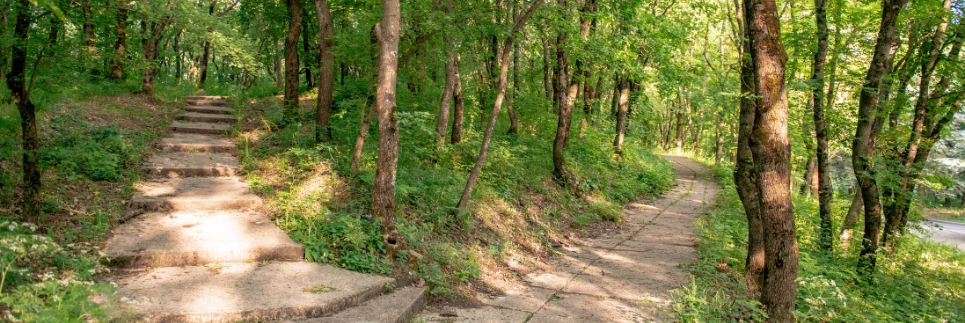Growing up, I had a lot of pride in my family history. On my mother’s side, my grandparents were immigrants to Canada who had resisted the Nazis during the occupation of Holland in World War II, hiding a Jewish man in spite of the risk to their own lives. Most of my ancestors on my father’s side were immigrants from Belgium, Poland, and Ukraine, who came to Canada in search for a better life, working hard on prairie farms and surviving the Great Depression.
One branch of my family tree, though, was always particularly fascinating to me. My great-grandmother’s family line, the story was told, was French Canadian and could be traced all the way back to Samuel de Champlain’s original colonists who founded the first permanent European settlement in Quebec in 1608. I have not been able to verify this information, but of the original 32 colonists that came with Champlain, only nine survived the first winter, so I wonder if one of those nine is one of my ancestors.
This family story always filled me with a sense of pride. My ancestors were the survivors who managed to beat out harsh winters and establish the country that I love so much. When I told my ten-year-old son that our family line can be traced back to some of the very first permanent colonists in Canada, he surprised me with these words: “Wait, isn’t that a bad thing?”
I mumbled something incoherent in response, unsure of how to answer, because his simple question revealed a tension that I was only vaguely aware of until that moment: pride in my family and my country, and yet a recognition that what my ancestors did was part of colonialism, which had grave impacts on Indigenous peoples.
My son’s question forced a collision between my sense of pride and my sense of shame. It is a tension, I suspect, many settler Canadians feel.
Grossly Unqualified
Lessons learned
I suspect that many teachers throughout BC were feeling a similar tension when they were given the task of teaching an Indigenous-focused course.
- “Should I be doing this?”
- “Am I qualified?”
- “I don’t think these are my stories to tell.”
- “What if I say something that makes things worse?”
- “What if I do something that unintentionally causes harm to my Indigenous students?”
I wrestled with all of these things, but I also discovered a few things as we wrote our English First Peoples 12 course, which I hope will encourage any teachers out there who may be struggling with similar nagging doubts.
1. Take the posture of a learner
One of the problems with the colonial mindset, particularly through the Indian Residential School System, was the posture of superiority that colonists and settler Canadians took towards Indigenous worldviews and beliefs. This posture caused significant damage to generations of Indigenous people. As educators, then, I think we need to take the opposite approach, humbling ourselves and allowing Indigenous peoples to teach us. I believe we should be overt and vocal about this posture with our students, declaring that we are not experts, but that we will learn along with them.
2. If you don’t know, ask
The deeper you go into any subject, the more you will discover how much you do not know, and I felt this acutely as I began to dig into Indigenous literature. As I fought my feelings of inadequacy, I realized I was going to need to reach out for more help, even beyond the consultants that I was working with. This led to some wonderful email interactions with Indigenous educators and authors, including Bill Cohen (Sylix Okanagan) and Richard Van Camp (Tłı̨chǫ Dene). Of course, Indigenous elders in your community may be busy and stretched thin, but I found that if I approached these individuals with humility, greeting them in their own language as best as I could, they would reciprocate with valuable wisdom and friendship.
3. Let the Indigenous people do most of the talking
My hesitancy to participate in this project was that I did not think that the stories were mine to tell. One important protocol to always keep in mind is that not everyone has permission to share every story — some stories are only told at certain times or by certain people. I did not want to clumsily violate that protocol, so we made the decision early on to let Indigenous people do most of the talking. This meant carefully curating Indigenous novels, poems, short stories, movies, oral stories, and quotations. As much as possible, we tried to stay out of the way, letting these authors and Elders speak for themselves.
4. Don’t cripple yourself by overthinking it
I am a bit of an overthinker. Working on this course, I started asking questions like, “Why are we teaching this course in a format that is part of the colonists’ education system?” and “Why are we using Western assessment practices and highlighting Western literary forms?” Eventually, I had to recognize that I could not completely reinvent the way education is done through this course; instead, I should do the best that I could within an imperfect system.
5. It is not my voice that I am sharing — I am only an amplifier
The final project of StudyForge’s English First Peoples 12 course is called the Voice Amplification Project. The idea is that students will find an Indigenous voice that they think deserves recognition and use their project to amplify it. They can choose an author, a musician, an activist, an artist, a politician, an Elder, or another Indigenous leader. As I wrapped up my part of the writing of the course, I realized that this was what I was doing as well. I am not an Indigenous person, and so the voice of the course should not be my voice. I can, however, use my voice to amplify other voices. In this way, I’m more like a megaphone or a PA system, allowing Indigenous voices to be heard because of the work that I am doing. I wonder if teachers throughout BC could feel a stronger sense of confidence in what they were doing if they saw themselves as conduits for powerful voices to be amplified.
6. Be prepared for tricky conversations
One reality I have faced as an online teacher is that while many students are glad to be learning about Indigenous literature, culture, and history, there are definitely students who are not on board and wish they did not have to take an Indigenous-focused course. Before you start teaching a course, think through how you will respond to these sentiments. How will you validate the student and let them know that they are still welcome, and yet gently move them towards a more open-minded position? It may involve telling your own story of becoming an Indigenous ally; it may involve carefully refuting cultural stereotypes; it may involve after-school meetings with students and parents. Hopefully, by the end, you will have recruited new allies in the reconciliation process.
7. “Do the best you can until you know better. Then when you know better, do better.”
Before I began any of the writing for this course, I attended a workshop put on by the First Nations Education Steering Committe (FNESC) on Indigenous-focused courses. I learned a great deal from this workshop, and definitely took away a sense that I had permission, even as a settler Canadian, to teach this course. One of the participants raised her hand and quoted Maya Angelou, and her words stuck with me. Angelou said, “Do the best you can until you know better. Then when you know better, do better.” As a teacher and educator, I need to set my mind at ease, trusting that if I have a posture of humility and I am doing my best, even when I make mistakes, I can learn from them, grow from them, and become a better person in the end.
Reconciliation
About the Author

Brian Oger, B.A., MDiv
Director of StudyForge
Indigenous Collaborators
Since 2014, MARIE-JULIE LAFRANCE has worked as a freelancer/visual artist, using pencils, brushes, digital technology, and fabrics to express her creativity. Her work has been published in Éclair Magazine, Passengers Journal, and ellipsis… literature & art and many more. She also has worked (as an illustrator) with Leading Edge Magazine, Flash Frog Magazine, Indiroot, and others. Diagnosed as a Highly Sensitive Person (HSP), she is highly detail-oriented and always tries to bring flowy elegance to her illustrations.
You can find her online portfolio at: mariejuliestudio.com





